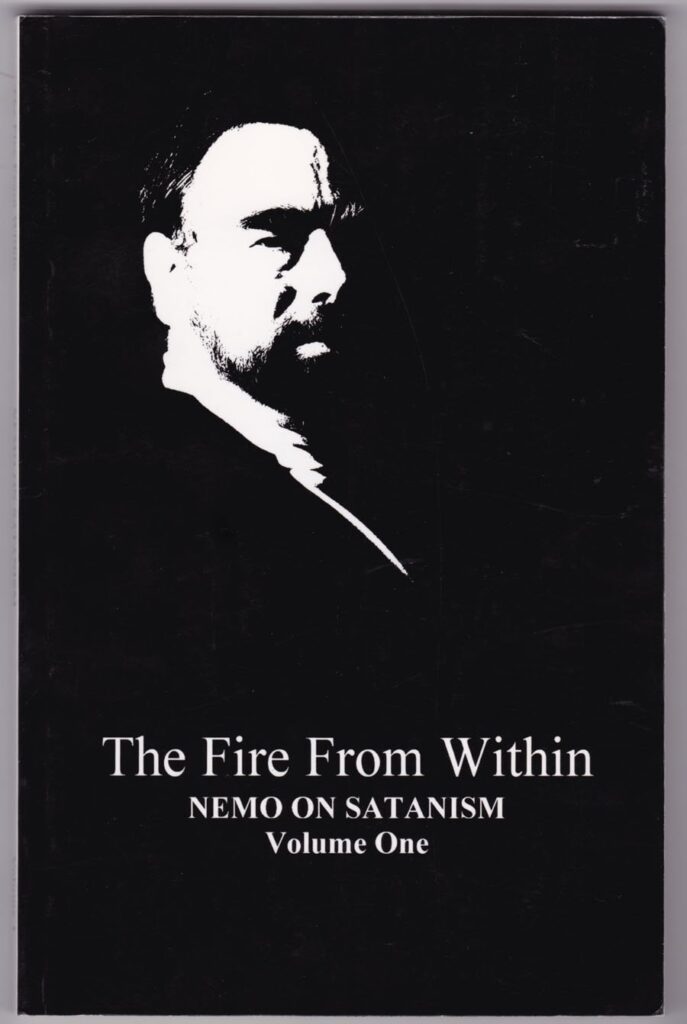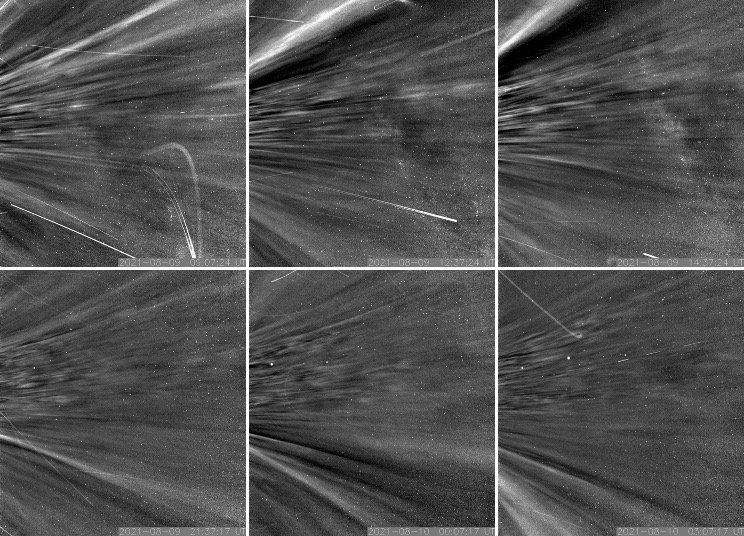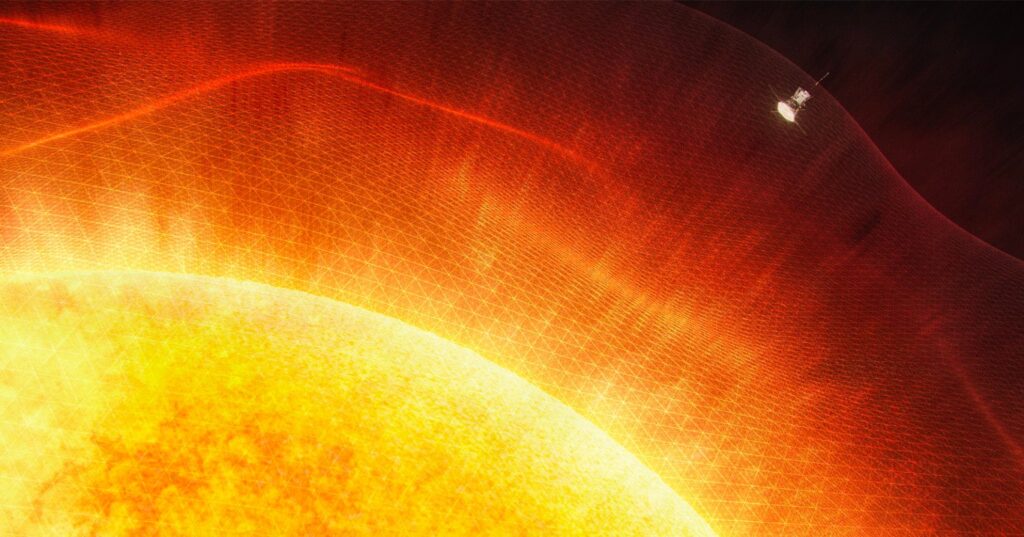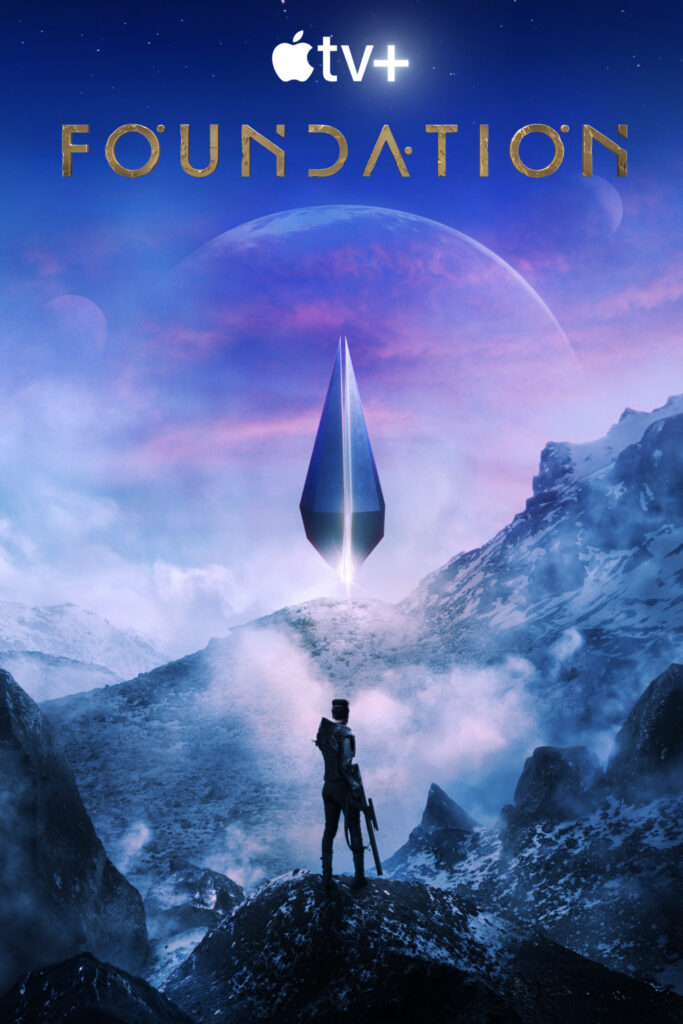Welcome to episode 19 December, LVI A.S. of Reverend Campbell’s Satanic podcast 9sense. 9sense is a Satanic perspective of our modern world.
1. The Devil’s Advocate
Time Stamp: 11:17

- The Purpose of Life; The Fire From Within – Nemo On Satanism Volume One
- “To understand the purpose of life, we only need to listen carefully to those who have chosen death.”
- “They spoke of despair, fear, pain, anger and tragedy… it amounted to a belief that there was no further possibility for “fun” in their lives.”
- “Victor Frankl [wrote Man’s Search For Meaning]… observed that it was finding meaning, a purpose, a worthwhile goal to achieve which was the common feature of those who survived [the Nazi death camp in Auschwitz].
- While I enjoy the essay, I believe it’s distillation of ‘fun’ or ‘purpose’ being the only factors in living or not to be diminishing and insulting. As someone who suffers from depression, it is not a choice many make as much as it’s a chemical imbalance. There are actions people can take to alter those chemicals
- Set goals as noted in the essay
- Exercise regularly. It boosts endorphins
- Eat healthy. You get the vitamins and minerals you need while staying away from salt and sugars that make you feel down.
- Get enough sleep
- Accept responsibilities in life
- Challenge your negative thoughts
- Try something new in life
- Avoid alcohol and drugs
- The purpose of life is one crafted by the individual. There is nothing that says you should survive, thrive or even exist.
- We are the result of random chaos. Let’s capitalize on that by doing our damnedest to experience and enjoy as much as we can.
- We need to recognize that life brings with it heartache and sorrow, pain and regret. These are normal aspects of life and help contextualize the joy and pleasures we also experience. Life knocks everyone down. Living is getting back up and moving forward.
- What is more Satanic than that?
2. Infernal Informant
Time Stamp: 30:46

- Jaw-Dropping Footage from the First Spacecraft to Touch the Sun
- https://petapixel.com/2021/12/18/jaw-dropping-footage-from-the-first-spacecraft-to-touch-the-sun/
- The footage shows what the Parker Solar Probe saw as it passed through the Sun’s corona back in August 2021, flying through structures known as coronal streamers.
- “These structures can be seen as bright features moving upward and downward in this video compiled from the spacecraft’s WISPR (Wide-field Imager for Parker Solar Probe) instrument,” the JHU Applied Physics Laboratory writes. “Such a view is only possible because the spacecraft flew above and below the streamers inside the corona. Until now, streamers have only been seen from afar.”
- These are the same streamers that can be captured from Earth in photos of total solar eclipses.
- “Flying so close to the Sun, Parker Solar Probe now senses conditions in the magnetically dominated layer of the solar atmosphere – the corona – that we never could before,” says Parker project scientist Nour Raouafi. “We see evidence of being in the corona in magnetic field data, solar wind data, and visually in images. We can actually see the spacecraft flying through coronal structures that can be observed during a total solar eclipse.”
- The Milky Way can be seen rotating across the frame in the timelapse, but what’s even more incredible is that multiple planets in the Solar System were also captured in the images. There are even views of Earth as seen from within the Sun’s atmosphere.
- The Parker Solar Probe will continue to make closer and closer approaches to the Sun’s surface over the coming years, and it is likely to enter the Sun’s corona again as early as next month.
- “I’m excited to see what Parker Solar Probe finds as it repeatedly passes through the corona in the years to come,” says NASA Heliophysics Division Director Nicky Fox. “The opportunity for new discoveries is boundless.”

- NASA Spacecraft First to Enter Sun’s Corona, Shoot Photos Up Close
- https://petapixel.com/2021/12/15/the-first-ever-close-up-photos-of-the-suns-coronal-streamers/
- For the first time ever, a spacecraft has touched the sun. NASA has announced that the Parker Solar probe flew through the sun’s upper atmosphere and captured “coronal streamers” up close, something only ever previously seen from afar.
- The Parker Solar Probe was launched in 2018 to examine the Sun by traveling closer to it than any spacecraft had ever done previously. Three years later, it finally has achieved that goal.
- “Parker Solar Probe ‘touching the Sun’ is a monumental moment for solar science and a truly remarkable feat,” Thomas Zurbuchen, the associate administrator for the Science Mission Directorate at NASA Headquarters in Washington, says.
- “Not only does this milestone provide us with deeper insights into our Sun’s evolution and its impacts on our solar system, but everything we learn about our own star also teaches us more about stars in the rest of the universe.”
- During its April flyby, the Parker Solar Probe passed in and out of the Sun’s upper atmosphere — called the corona — several times. NASA says that this proved what some scientists had predicted about the star’s surface: it isn’t shaped like a smooth ball, but rather has spikes and valleys that wrinkle the surface. NASA says that discovering where these protrusions line up with solar activity coming from the surface can help scientists learn how events on the Sun affect the atmosphere and solar wind.
- During its many close flybys, the Probe dipped beneath 15 solar radii (around 6.5 million miles) from the Sun’s surface and transisted a feature in the corona called a pseudostreamer. Pseudostreamers are the massive structures that rise above the Sun’s surface and are what are visible on Earth during solar eclipses.
- “Passing through the pseudostreamer was like flying into the eye of a storm,” NASA explains. “Inside the pseudostreamer, the conditions quieted, particles slowed, and the number of switchbacks dropped — a dramatic change from the busy barrage of particles the spacecraft usually encounters in the solar wind.”
- As the Parker Solar Probe passed through the corona, it photographed those coronal streamers and has provided a perspective that had previously only ever been visible from afar, as mentioned, namely during solar eclipses as viewed from Earth.
- The Parker Solar Probe will continue to spiral closer to the Sun and will eventually reach as close as 8.86 solar radii (3.83 million miles) from the surface. The next major flyby is scheduled to take place in January of 2022, and NASA says this will likely bring it close enough to fly through the corona again.
- “It’s really exciting to see our advanced technologies succeed in taking Parker Solar Probe closer to the Sun than we’ve ever been, and to be able to return such amazing science,” Joseph Smith, Parker program executive at NASA Headquarters, says. “We look forward to seeing what else the mission discovers as it ventures even closer in the coming years.”
3. Creature Feature
Time Stamp: 51:36

- Foundation on Apple TV+
- https://tv.apple.com/us/show/foundation/umc.cmc.5983fipzqbicvrve6jdfep4x3
https://en.wikipedia.org/wiki/Foundation_(TV_series)
https://www.imdb.com/title/tt0804484/, 7.4/10
https://www.rottentomatoes.com/tv/foundation, 70% Tomatoemeter, 57% Audience - A science fiction streaming television series created by David S. Goyer and Josh Friedman for Apple TV+,
- based on the Foundation series of stories by Isaac Asimov.
- It features an ensemble cast led by Jared Harris and Lee Pace.
- Foundation premiered on September 24, 2021
- In October 2021, the series was renewed for a second season
- Log Line: Foundation chronicles “…the thousand year saga of The Foundation, a band of exiles who discover that the only way to save the Galactic Empire from destruction is to defy it.
- Goyer pitched the series in one sentence: “It’s a 1,000-year chess game between Hari Seldon and the Empire, and all the characters in between are the pawns, but some of the pawns over the course of this saga end up becoming kings and queens.”
- In January 2021, Goyer stated “with Foundation we can tell the story, hopefully, over the course of eighty episodes; eighty hours, as opposed to trying to condense it all into two or three hours for a single film”.[14] Goyer said that this format might not succeed, but if it did it would be unique.
- How Apple TV’s ‘Foundation’ is different from the books
https://mashable.com/article/foundation-book-vs-show- The basic plot remains the same: mathematician Hari Seldon (Jared Harris) foretells the fall of the Galactic Empire thanks to his theory of psychohistory. Knowing the fall is inevitable, he establishes the Foundation in order to preserve knowledge and, hopefully, civilization in the years to come.
- The Foundation books are collections of interlocking stories and novellas whose events span hundreds of years, not to mention an entire galaxy. Characters who appear in one story may be long dead in the next, and so much happens in between stories that we never fully “see” on the page. These elements make creating a completely faithful TV show rather challenging, which explains several of showrunner David S. Goyer’s choices to deviate from the books.
- Neither Hari’s adopted son Raych (Alfred Enoch), the Emperors’ minister Demerzel (Laura Birn), nor the Prime Radiant appear in “The Psychohistorians.” Their presence here helps expand Foundation’s cast of characters, as the cast of “The Psychohistorians” is pretty sparse and varies greatly from other Foundation stories.
- Emperor Cleon does show up in the prequels to Foundation (albeit not in “The Psychohistorians” or Foundation itself), but he does not clone himself. In fact, there is no cloning in the Foundation novels, so this is a massive departure. However, having a genetic dynasty allows for character continuity throughout the season, which is helpful when dealing with the scope of Foundation.
- Asimov never discusses Synnax’s culture, so everything in the show about the Church of the Seer and the purges of scientists is entirely new. These changes lend more texture to Foundation’s universe and make Gaal a more compelling character.
- the Starbridge doesn’t even exist in Foundation. Asimov’s novels were very light on big action sequences and planetary carnage, but their inclusion here helps visualize the problems the Galactic Empire is facing.
- the planet of Anacreon figures heavily into the later stories of Foundation, specifically “The Encyclopedists” and “The Mayors.” Thespis, meanwhile, straight up does not exist.
- Gaal and Raych never meet in the books, much less start a romantic relationship. Hari does not make the journey to Terminus, nor does Raych kill him.
- The Vault is introduced in Foundation’s second story, “The Encyclopedists,” but it is not an anomaly. It’s simply described as a room that will open on the fiftieth anniversary of the arrival on Terminus.
- https://tv.apple.com/us/show/foundation/umc.cmc.5983fipzqbicvrve6jdfep4x3

